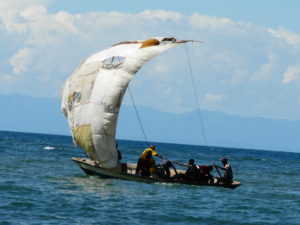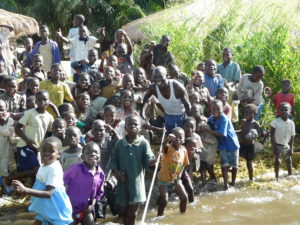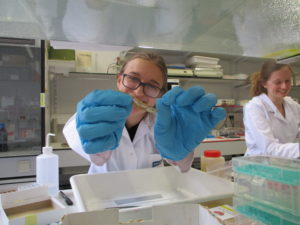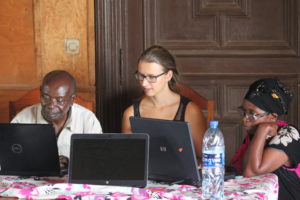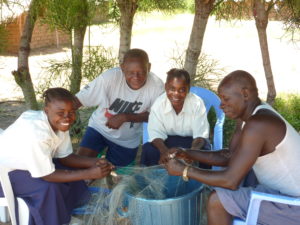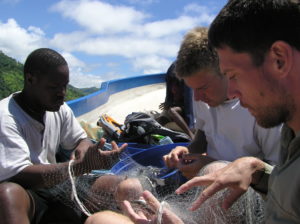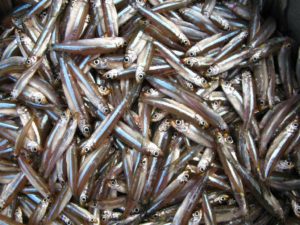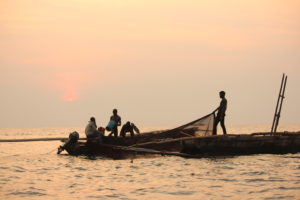Population genomics of Lake Tanganyika sardines
Small sardine-like freshwater fishes hold the potential to feed millions of people in the Global South. Yet, the biological mechanisms underlying the adaptation and resilience of these fishes to climate change and fishing pressure are poorly understood. Genetic approaches can provide valuable insights into stock structure, demography and evolutionary potential of fish populations, which can be used to prevent overfishing. Despite the importance of this information, it is often still lacking in fisheries management, especially in developing countries. We aim to obtain this knowledge for the freshwater sardines Stolothrissa tanganicae and Limnothrissa miodon, two important fisheries targets of Lake Tanganyika. Ultimately, we will use our research results to evaluate stakeholder concerns, enabling the proposition of an adapted management plan, serving as a model system for sustainable fisheries in tropical freshwater lakes.
Recent research within this project, using lake-wide genomic data of the Tanganyika sardines, has shown that they migrate across large distances along the entire length (673 km) of the lake. This calls for integrated management of the fisheries between the four countries that border the lake. On the other hand, cryptic diversity in the form of a large chromosomal inversion points towards potential for local adaptation in L. miodon, which is currently being investigated.
On a more fundamental level, the sardines are an interesting model system for genome evolution. Lake Tanganyika has known a turbulent hydrogeological history, with water levels fluctuating and sub-basins repeatedly being separated and fused. Updated divergence time estimates based on the whole mitochondrial genomes of the Tanganyika sardines imply that their riverine ancestor entered the proto-lake Tanganyika around the time of its formation (~11 million years ago) from the Malagarasi–Congo River. The “ancestral sardine” then diverged into the two extant species at the onset of deep clearwater conditions around 4 million years ago. In the relatively short time since their speciation, the Tanganyika sardines then evolved completely different sex chromosomes.
So what can fisheries management do with so much genetic information? What are the current challenges and needs and do they differ between the Global North and the Global South? Using a global survey of more than one hundred fish and fisheries experts, we compare perceptions of genetic indicators in the North and the South. We find that perceived challenges and needs, as well as awareness of genetic indicators are similar between North and South countries. Experts from the South are less likely to implement genetic indicators, especially those belonging to the older generation, but also more positive towards them. These recent results highlight the need for interdisciplinary fisheries research and training of fisheries professionals, alignment of goals between different fisheries-related fields, global standardization of indicator protocols, and better access to lifelong learning opportunities in the South.
Collaborators:
Leona Milec
Joost Raeymaekers
Filip Volckaert
Els De Keyzer
Nikol Kmentová
Maarten Vanhove
Maarten Van Steenberghe
Wagner Lab
Pascal Masilya
Mulimbwa N’sibula
Jouko Sarvala
